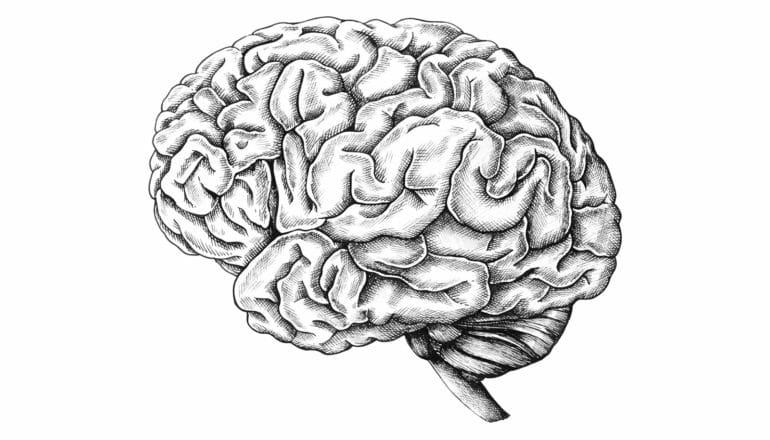
The brains of murderers look different from those of people convicted of other crimes, researchers report.
Researchers examined brain scans of more than 800 incarcerated men and found that those who had committed or attempted homicide had reduced gray matter when compared to those involved in other offenses.
The differences could link to how they process empathy and morality, researchers say. The reductions were especially apparent in regions of the brain associated with emotional processing, behavioral control, and social cognition.
“More gray matter means more cells, neurons, and glia,” says Jean Decety, professor of psychology and psychiatry at the University of Chicago, noting differences in the orbitofrontal cortex and anterior temporal lobes of the brain.
“That’s what you need to make computations, to process information—whether it’s emotional information that you use to feel empathy for someone else, or information that you use to control your behavior, to suppress your tendencies to react.”
A scholar in the cognitive neuroscience of moral reasoning and social decision-making, Decety’s research has focused both on psychopathy and on childhood moral development. The new study appears in Brain Imaging and Behavior.
“This work represents more than 10 years of data collection across eight prisons in two states,” says Kent Kiehl, a neuroscientist at the University of New Mexico. “We are fortunate to present the world’s largest sample of its kind and the results are quite remarkable.”
The study relied on structural MRI scans of the brains of men incarcerated in New Mexico and Wisconsin, which the researchers had obtained through previous studies.
Researchers divided the participants into three groups: 203 individuals who were convicted of or self-reported a homicide or homicide attempt; 475 individuals who had committed aggravated battery/assault, armed robbery, or other violent crimes; and 130 individuals involved in non-violent or minimally violent crimes.
Researchers excluded from the homicide group those convicted as accomplices, as well as those whose criminal files or court records indicated a strong possibility of accidental death.
Although previous neuroimaging studies also have examined brains of murderers, this is the first research that uses such a large sample and that controls for factors like psychosis—excluding individuals who suffered brain injuries or psychiatric disorders such as schizophrenia, the researchers say.
The researchers note that they don’t have enough evidence to draw a causal relationship between reduced gray matter and homicide. Ongoing research is following up a large sample of ultra high-risk boys—now in their mid-20s—to determine if the brain regions identified in this sample are predictive of future homicidal behavior. This work would help determine whether or not the results are causal, they say.
Additional coauthors are from the University of New Mexico and the University of Wisconsin. The National Institute of Mental Health, Macarthur Foundation Law, and the Neuroscience Project funded the work.
Source: University of Chicago
The post Scans show less gray matter in brains of murderers appeared first on Futurity.
from Futurity https://ift.tt/2Os0HEC
No comments:
Post a Comment